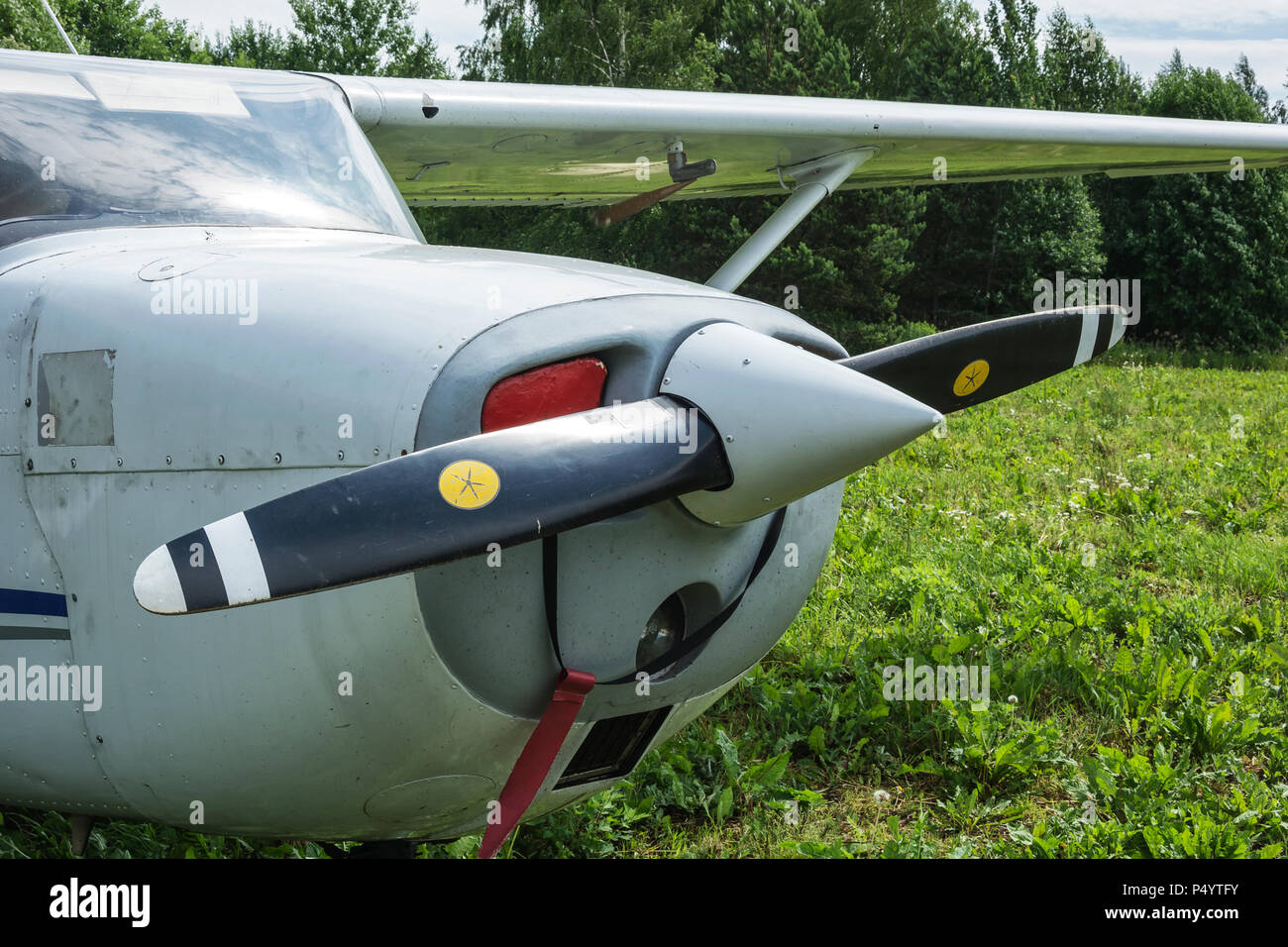
It could could loiter over the target area three times as long, and had an improved armament system over previous gun ships.

The Bell (model 209) AH-1G Cobra featured a new wide-bladed rotor and slim fuselage that gave it twice the speed of the UH-1B "Huey". The AH-1G was powered by a single Lycoming T53-L-13B 1400 shp engine. The AH-1G Cobra featured a computerized stability-augmentation system, in place the short weighted gyro-stabilizer bar originally used on the Bell (model 47) OH-13 Sioux. The original Bell (model 209) featured an Emerson chin-turret mounting two 7.62mm "Miniguns" and had fully-retractable skids. The Cobra uses the basic transmission, modified "540" rotor system, and power plant of the UH-1C, a streamlined fuselage using parts 85% in common with the UH-1D tail boom and body, combined with the nose components from the experimental Bell (model 207) Sioux Scout. Bell designed the Cobra using the best features of the UH-1C gun ship. Bell Helicopter won the competition for an interim fast armed escort helicopter while the Army was waiting for the fielding of the AAFSS Ah-56A Cheyenne. There are other considerations, too: stacked rotors can create more drag as the helicopter travels through the air, so future versions of the Defiant will have components around the hubs of the rotors and between them designed to limit that drag.īoeing and Sikorsky are planning more flights of the Defiant in the near future.(1965) The UH-1 "Huey" was too slow for the gun ship or escort role. These rotors are made from composite material, and have no flex to them, according to Boeing and Sikorsky.Īnd not surprisingly, the gear system that allows both rotors to spin in opposite directions must be highly complex. For one, the double rotors need to be totally rigid, so they don’t bounce and hit each other-an event that would be catastrophic for the craft. Of course, making a flying machine like the Defiant has its own challenges. Meanwhile, Bell is also working on a related craft in the same general category called the V-280 Valor. While that’s not a coaxial setup, Chinooks don’t need a vertical rotor to keep the fuselage from spinning in circles. The Defiant isn’t the first coaxial helicopter: the Russian Kamov Ka-80 sports two rotors above each other, and Chinook helicopters also use two large rotors that spin in different directions. That makes a coaxial design more efficient.

“The lower rotor accelerates it even more, and that acceleration is what gives you the lift,” Crossley says. The top rotor pulls down air from above, and then pushes it down-feeding faster air into the lower rotor. It also promises to be more maneuverable, which could be good for urban combat situations.īesides speed, the coaxial design also has another advantage. The Defiant should be able to cruise at speeds above 265 mph-that’s almost twice as fast as a standard helicopter. Most helicopters hit top speeds of just over 150 mph, he notes, although the helicopter speed record, from a machine called the Westland Lynx, stands at about 249 mph. “That faster travel speed, to get people in, or get people out quickly-it would be a huge advantage for the Army to have that kind of capability,” Crossley says. “Then you can go much, much faster than a traditional helicopter.”Īnd of course, a helicopter that can go faster than a Black Hawk would be key for the military. Instead, the pusher propeller in the back gives a speed boost instead of concerning itself with keeping the bird straight. With a helicopter like the Defiant, “there’s no need for a seperate anti-torque system,” says William Crossley, a professor at Purdue University’s School of Aeronautics and Astronautics, referring to the typical rear rotor. While the Defiant, which is made by both Boeing and Sikorsky, is just a demonstration-level prototype, a helicopter like this could someday carry out the kinds of missions for the Army that Black Hawks do today. Instead, the rear propeller pushes the helicopter forward and boosts its speed.

They rotate in different directions, so the chopper doesn’t need that back vertical propeller to keep it from twirling. Called the Defiant, the prototype has two big rotors positioned one directly above the other. It needs that back propeller, of course, to keep the entire vehicle from spinning around in circles in reaction to the large rotor up top.īut last week, a very different helicopter lifted off the ground for the first time in Florida. Picture a helicopter, and you’ll imagine a craft with two rotors: a big horizontal one that provides lift and thrust, and a smaller vertical rotor at the tail.


 0 kommentar(er)
0 kommentar(er)
